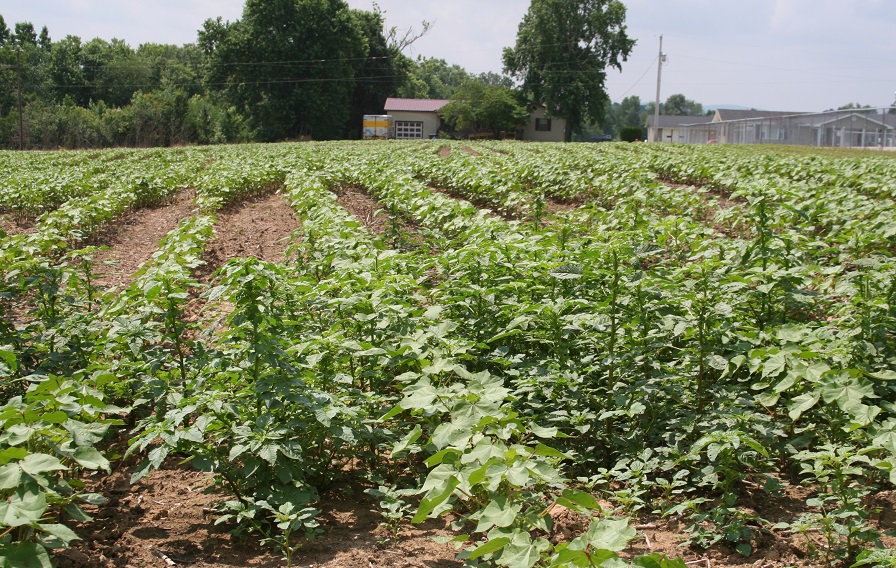Cleveland: The Bears and Bulls of 2012
By Dr. O.A. Cleveland
Special for Bayer CropScience
Cotton’s final two weeks of the 2011 year seemed almost like a bullish runaway market.
The nearby contract prices ended the year with eleven consecutive up days. At that, the March contract ended the year at 91.80 cents, some 800 points off the dollar mark. The July contract was trading at 91.31 cents. The new crop December 2012 contract, while not a participant in the eleven day consecutive uptick parade, was trading at 87.84 cents at. However, there was little bullish news.
Actually, the market experienced rather dull trading during the past two weeks with few cotton fundamentals entering the picture. Traders seeded to be going through the motions and mills continued their tendency to wait for lower prices. More of the same should be expected during the coming weeks, but with a slightly positive attitude. Nevertheless, do not expect the nearby March contract to scale the 94 cent barrier. Seasonally, the market is entering an up cycle.
Mill demand remains slow and is expected to remain as such. The ten million bale increase in world stocks will continue to haunt the market as spring planting approaches. However, the typical spring (late winter) pre planting rally should still be expected, but just like the March contract the December 2012 contract is not expected to top the 93 cent level unless major planting problems occur.
Let’s review the Bullish and Bearish market factors for 2012.
Bullish factors:
- Poor pre plant moisture facing West Texas, similar to 2011.
- Long range moisture outlook remains poor for West Texas and suggests the drought will spread into the MidSouth and Southeast.
- World plantings will decline as much as 12% to 15%.
- U.S. planting will be down to 11.4 to 12.0 million acres.
- Lower prices will encourage demand beginning in the third quarter of 2012.
- Supply/Demand will to begin to come in balance by the fourth quarter.
- Cotton prices will continue to be a function of oilseed/grain prices and food prices will continue to hold cotton prices near one dollar.
- Pent up consumer demand for cotton is swelling, but could be 2013 before it begins to push prices higher.
Bearish factors:
- World ending stocks expected to increase to 58 million bales, compared to 44 million in 2009-10 and 46 million bales in 2010-11.
- World consumption is estimated at only 111 million bales vs 114 million in 2010-11 and 119 million in 2009-10.
- World economic growth remains at only 2%.
- Major economies that drove demand and economic development throughout the late 1900’s and into the early 2000’s are only slightly above recession levels. World and U.S. growth is positive, but only marginally so.
- World unemployment is abnormally high, thus keeping consumers out of the market as wages are weak (the main driving force in an economy).
- Slow economy implies limited purchasing of any and all commodities.
Happy New Year…and economic conditions really are improving, albeit slow, just like cotton.








